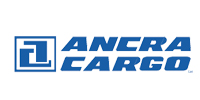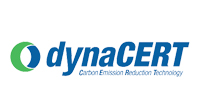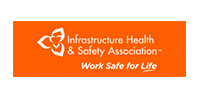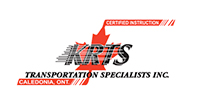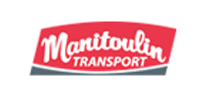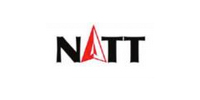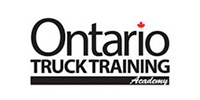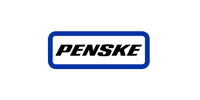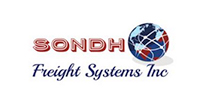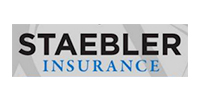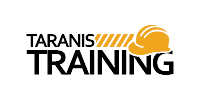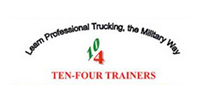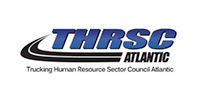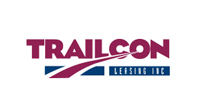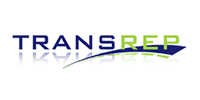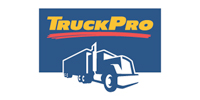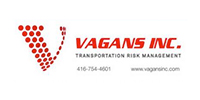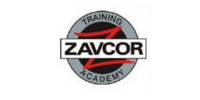Editor’s note: With the implementation of Mandatory Entry-Level Driver Training (MELT) on the horizon, Private Motor Carrier went to PMTC President Mike Millian to get his views on this industry altering development.
Is MELT on schedule for the previously announced July 1 rollout?
MM: Yes, it is. Anyone who wants to attempt a Class A road test in Ontario after July 1 of this year must have successfully completed a registered and approved mandatory entry level training program before they will be allowed to complete their road test. A new road and knowledge test also comes into effect on July 2 for all commercial classes of licences. The test has been updated to ensure the skills required for a driver to achieve an entry level are being properly graded and monitored. The trip inspection, knowledge test and road test are much more defined and reflect the skills that are required for today’s CMV driver.
You were heavily involved though the entire process. How long did it take? What impressed you most about the evolution of the MELT program?
MM: The first stakeholder meeting held by the MTO was on September 21, 2015, largely as an introduction to what the process of stakeholder engagement would entail and the timelines necessary to have a draft standard implemented. The MTCU (Ministry of Training, Colleges and Universities, the forerunner to the Ministry of Advanced Education and Skills Development, or MAESD) then held four regional stakeholder sessions in late September, out of which a draft standard was produced.
Once the standard was produced and industry had a chance to comment, the MTO arranged several face-to-face stakeholder consultations, the first one being in January of 2016. At the same time, separate stakeholder meetings were also taking place for upgrades to the knowledge and road test, which were to take effect at the same time. Regular meetings were scheduled and continued up until the group had agreed on a standard that was announced in a press release on June 28, 2016.
When you take into account MELT and the road and knowledge test updates, well over 20 stakeholder meetings were held. What impressed me the most was the MTO’s willingness to not only engage, but also to truly listen to what the stakeholders had to say. When it became obvious the industry had issues with some parts of the material, the MTO listened and adjusted the standard until we were able to reach compromises that all stakeholders agreed were best for the industry. Phone consultations continue to this day when fine-tuning or ‘tweaking’ is still required prior to full rollout.
Without the Air Brakes course, the MELT program requires 103.5 hours of training. Was that a difficult number to determine?
MM: This area did involve a lot of discussion and took awhile to reach. Some stakeholders, the PMTC included, wanted to see more hours added to the behind the wheel portion, mainly adding to the on the road hours. To reach the numbers we did, we had to go through every line of the 52 page standard and determine what was mandatory (required) and what was recommended by industry, but not required for all drivers to reach an entry level standing. (One example would be border-crossing training. It may be recommended, but it was not made mandatory as not all drivers will cross the border, so this type of training should be handled by industry, not included in an entry level standard.) We settled on 36.5 hours of classroom, 17 hours around the vehicle and 50 hours behind the wheel. While not everyone in the room got everything they wanted, a good compromise was reached that allowed us to move forward with the process.
The MELT program is about so much more than controlling a vehicle. What aspects of MELT might surprise non-industry people?
MM: Non-industry people will be most surprised by the amount of classroom instruction that is required. Most outside of the industry think you just hop in and drive. They do not realize how much paperwork and regulatory knowledge is involved in being a professional driver. Good driving schools, such as TTSAO-certified schools, were already teaching this material. However the ‘fly by night’ schools just taught prospective drivers the bare minimum and skipped almost all of this material. This will ensure all drivers have the basic knowledge of what is required in all aspects of the job, not just the driving portion.
What effects will MELT have on the industry, both in the short-term and the long-term?
MM: In the short-term, we may see a reduction in the amount of people who obtain their AZ licence. However, I believe in the long-term those who obtain their licence will be more ready to enter the industry, and therefore more likely to stick to it. Currently, we have a lot of people that obtain their AZ licence through licensing mills, and are not properly prepared for the industry and can’t find decent employment (if any) as a result of substandard training. We have a great many individuals with licences who never fully utilize them, and leave the industry disillusioned. The new standard should help to reduce this in the long run. We have never really had a shortage of people with a licence, we had a shortage of people qualified to enter the profession. This help to alleviate some of that.
How will MELT be monitored or its results measured?
MM: The Ministry of Advanced Education and Skills Development (MAESD) will monitor MELT. This department was formerly called the Ministry of Training, Colleges and Universities, and was renamed in 2016. For a facility to be able to train the MELT program, they must register their curriculum with MAESD. The curriculum will be reviewed by MAESD, and if it meets the standard, the school will then be certified to train the MELT standard. The training school will then be given credentials to enter the students’ results in an MTO portal. When someone goes to attempt his/her AZ test at DriveTest, the examiner will check the portal. If the person has not completed MELT, they will be unable to attempt their road test.
MAESD is also able to conduct audits at anytime of training providers to ensure they are meeting the standards. The MTO has also committed to reviewing MELT with stakeholders after one year to gauge how MELT is working.
What is the process to making changes to the existing MELT program?
MM: Since MELT is now a regulation, it would need to be opened up, changes made, followed by a comment period prior to be officially changed in law.
What will MELT mean to training schools? What will it mean to PMTC carrier members?
MM: For those training schools that are already meeting, or in the case of TTSAO schools, exceeding the standard, very little will change other than they must have their curriculum submitted and approved (this was to be done by April 1, 2017). If schools do not submit their curriculum they will not be allowed to teach MELT until such time as they submit and receive approval. The schools that were not meeting a standard, will either have to bring their training standards up to meet MELT, or they will be removed from the AZ training industry.
Ontario is the first jurisdiction in Canada to implement a MELT program. Are you aware of any other jurisdictions making inquiries
about the program?
MM: There is plenty of interest from other Canadian jurisdictions. At the CCMTA meetings in Halifax last year the MTO did a presentation on MELT in response to this interest. How soon other jurisdictions will ‘jump on board’ and develop a form of MELT is hard to say; however the interest is there. The PMTC, among others, have also made Transport Canada aware that we would like to see them get involved in bringing the jurisdictions together to discuss a National Standard. There seems to at least be some interest in this. I personally think most will play a ‘wait and see approach’ – watch what happens in Ontario, what works, what doesn’t, and then make a decision from there going forward.
Are there other areas of the industry that could learn from the MELT process?
MM: The stakeholder engagement by the MTO was excellent! They did a masterful job of bringing multiple different segments of the industry together, listening to their views and moderating the discussion to a point where we may not have all got exactly what we wanted, but we were all able to come to an agreement on a standard we could live with. Any time we have a major change being suggested in the industry, I believe a consultation process such as was undertaken here would be a great idea for any segment of the industry!




